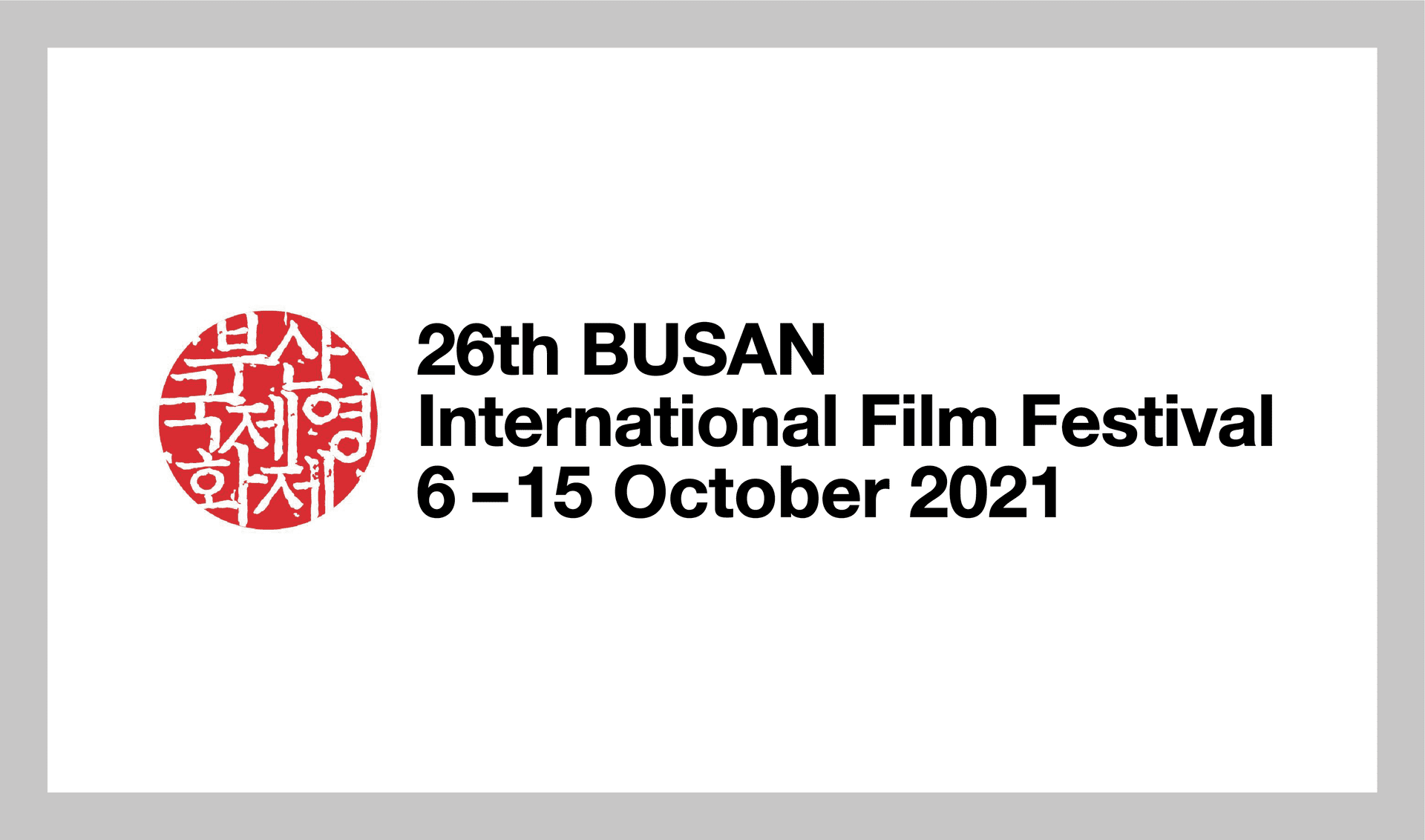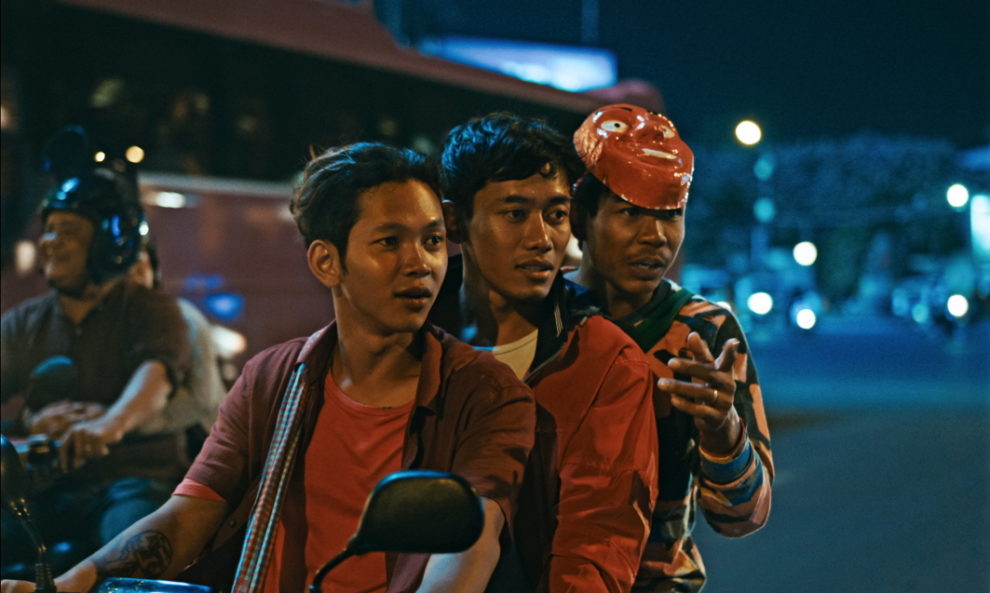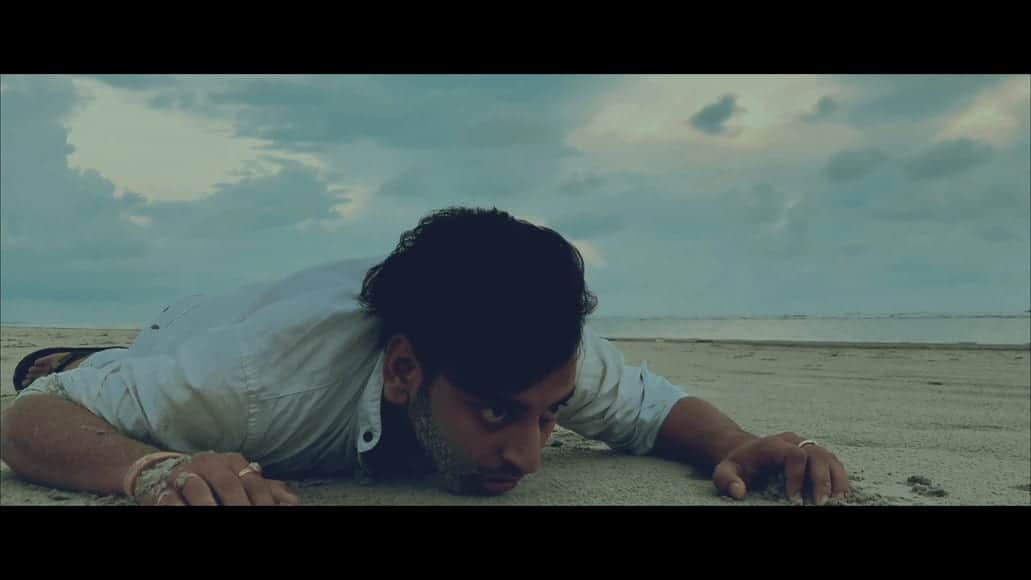The White Building, originally known as the Municipal Apartments, was a large and prominent apartment building in Phnom Penh, Cambodia. It was composed of six blocks of concrete construction, three or four stories tall, connected by open bridge structures, along a double-loaded spine.It included stores and doctors' offices as well as 468 apartments. Tenants fled during the Cambodian genocide in the 1970s. After the defeat of the Khmer Rouge in 1979, the White Building was reoccupied by former tenants and squatters. It gradually declined and became known for poverty, drug use and prostitution. Its population in 2015 was about 2500. According to municipal authorities, the building was structurally deteriorating and unsafe. Tenants used the high-ceilinged rooms to add lofts, and balconies were enclosed, obscuring the once-white building's design and also adding weight to the structure. Cracking appeared in 2015 after construction on an adjoining lot. Several proposals were made to tear it down for redevelopment. Eviction orders were issued in July 2015. However, the building's status as an iconic New Khmer building stimulated preservation efforts. In July 2017, the almost 500 families still living in the White Building were moving out; the building was to be replaced by a 21-storey mixed-use development. (source: Wikipedia)
“White Building” is screening at Busan International Film Festival

Kavich Neang, who was born and raised in this particular building, picks up the story a bit after the eviction notices were ordered, focusing on a young man living there with his family, Samnang, who, along with his two best friends, wants to make a living as a hip hop dancer. His father, who is the leader of the tenants committee, tries to negotiate a better deal for those to be evicted, who find the compensation they are to receive too small to allow them to relocate in other apartments in the center of Phnom Penh. At the same time, he suffers from a severe case of diabetes which has taken a significant toll on his leg, while his mother insists on treating all their issues through the tricks of disidemony.
Kavich Neang, in his feature debut, creates a film filled with nostalgia, where the White Building is as much as the protagonist as the people of the story, as both the impressive, initial panoramic shot and the ones that appear throughout the movie reveal, as they showcase the rundown structure and the poorness that came to dominate it. In that fashion, Douglas Seok's cinematography emerges as one of the best aspects of the whole production, both in his capturing of the building and life in the Cambodian capital, particularly in the night scenes, which are among the most memorable in the movie, with the one with the triple courting on the bike and the dancing ones being rather impressive. This realistic, documentary-like approach in the visual aspect (Neang has shot a number of documentaries before this film) extends to a number of other parts of the movie, with the concept of the eviction and the way the authorities treated the inhabitants (essentially abandoning the building even when the water supply was disrupted) highlighting this approach as much as the the father's illness, with Neang pulling no punches in the depiction of both the social and the literal ugliness.At the same time, however, he avoids mentioning the drugs or prostitution that was associated with the last days of the building, in an element that makes his approach somewhat romantic.
This last arc, of the father, essentially emerges as the most impactful in the film, with the way he is eventually stripped of most of the parts of his life he cherished being a metaphor for all the people that used to live in the building, and also for the impact of the rapid urbanization of Pnom Penh, in a combination of realistic, pointed commentary, nostalgia and drama that benefits the narrative immensely. Hout Sihorn is excellent in the part.
Samnang, on the other hand, represents the struggles of the youths whose families did reap the benefits of the urban development that took place in the 90s and early 2000s, with him obviously struggling in the middle of two parents that are stuck in the past, although in completely different ways. His resolve in changing his life through dancing, and the obstacles that keep appearing in front of him while having nothing to do with him, are among the main sources of drama here, with Piseth Chhun portraying his varying mentality in laconic but also eloquent fashion. His gaze on occasion is among the aspects of the movie that will definitely stay in mind.
Felix Rehm's editing implements a slow pace that works quite well for the narrative, with the few fast scenes, as the aforementioned on the motorcycle, adding the needed sense of speed and movement. Furthermore, at 90 minutes, the movie definitely does not overextend its welcome, while the comments and the presentation of the White Building get adequate time through the rather layered story.
“White Building” is a well shot (the production names include Jia Zhangke and Davy Chou among others), well-directed in its combination of drama and documentary aesthetics, and well-acted movie and in general, a very interesting title on a number of levels. It is also the first Cambodian film to be officially invited to Venice Orizzonti (where Piseth Chhyn got the Best Actor Award) and also the official Cambodian submission to this year's Oscars.














